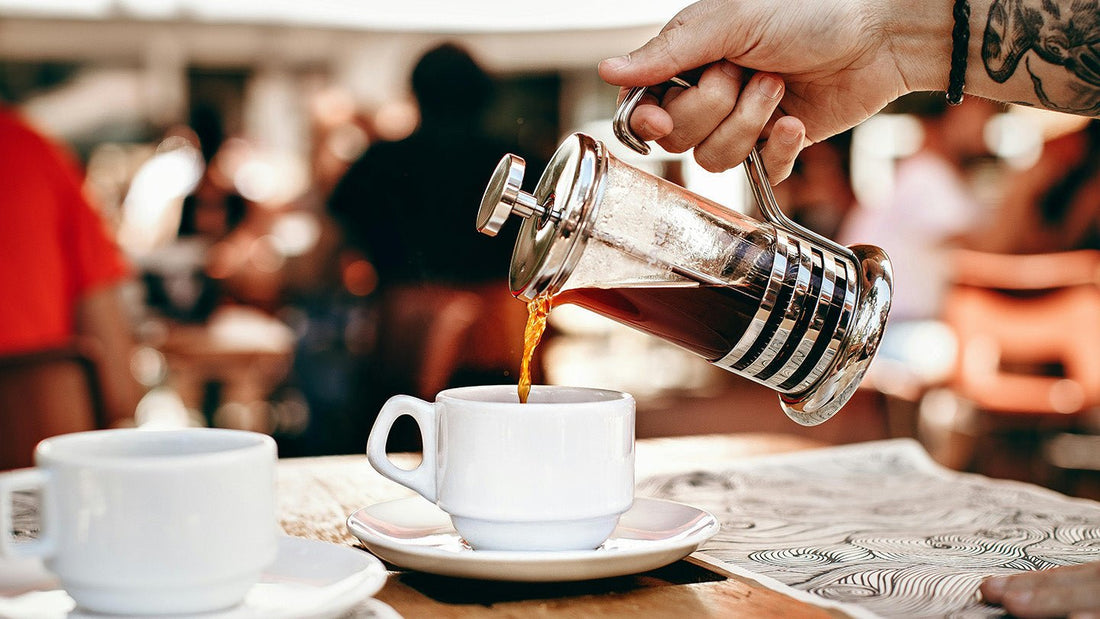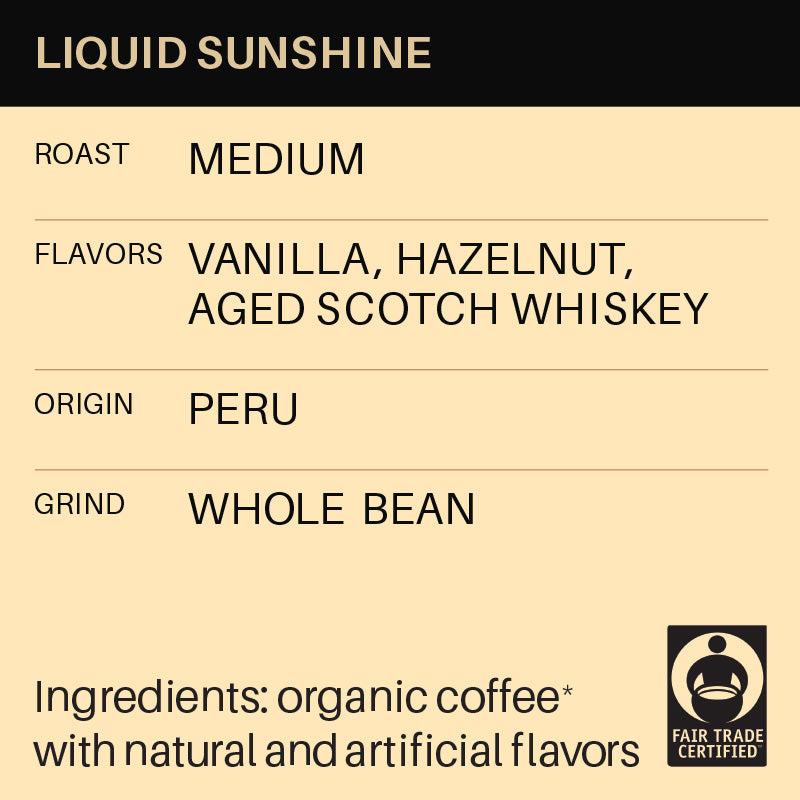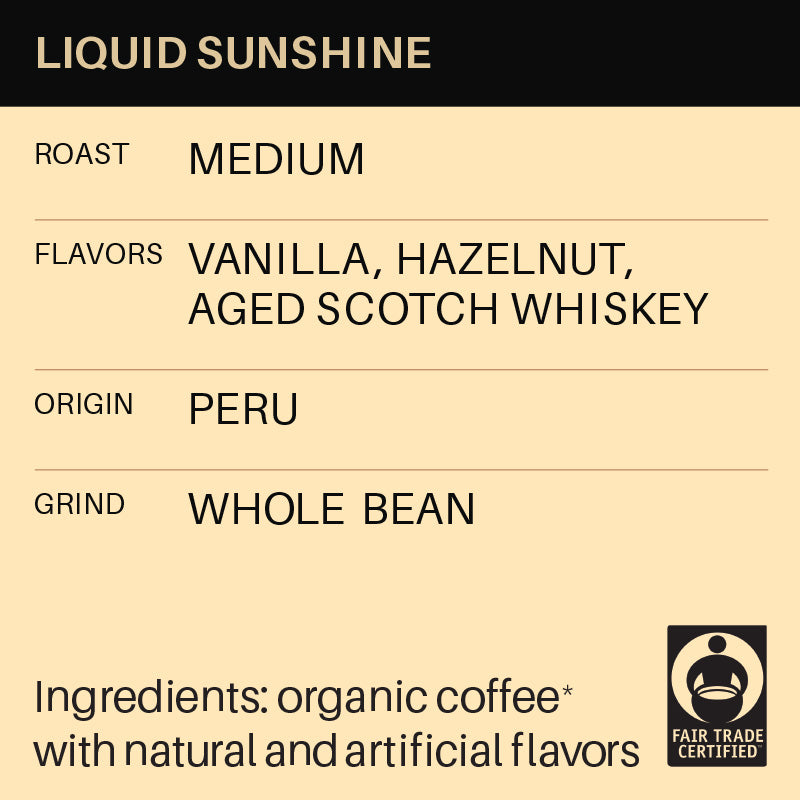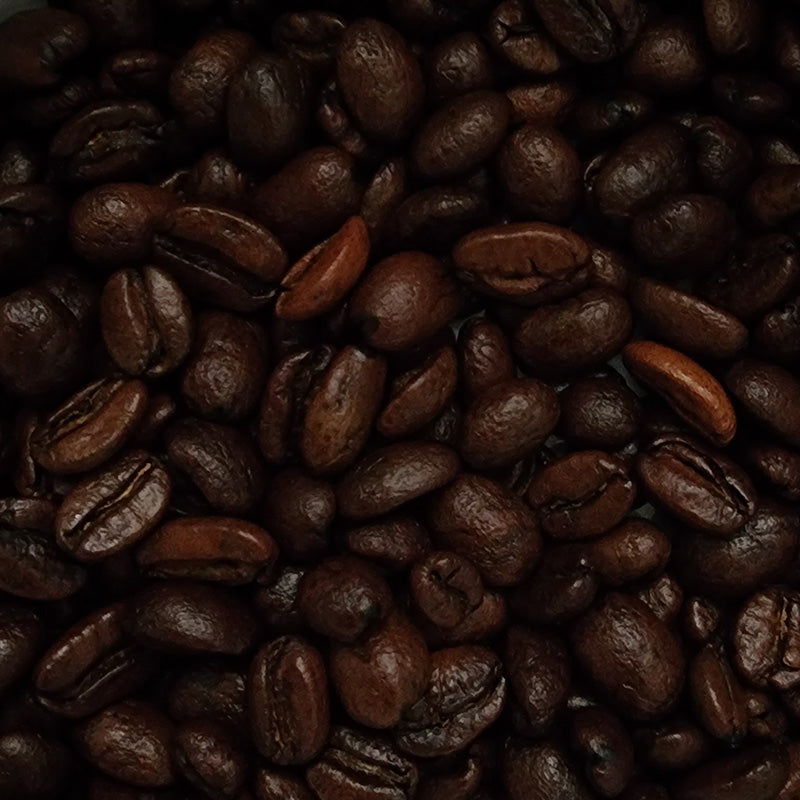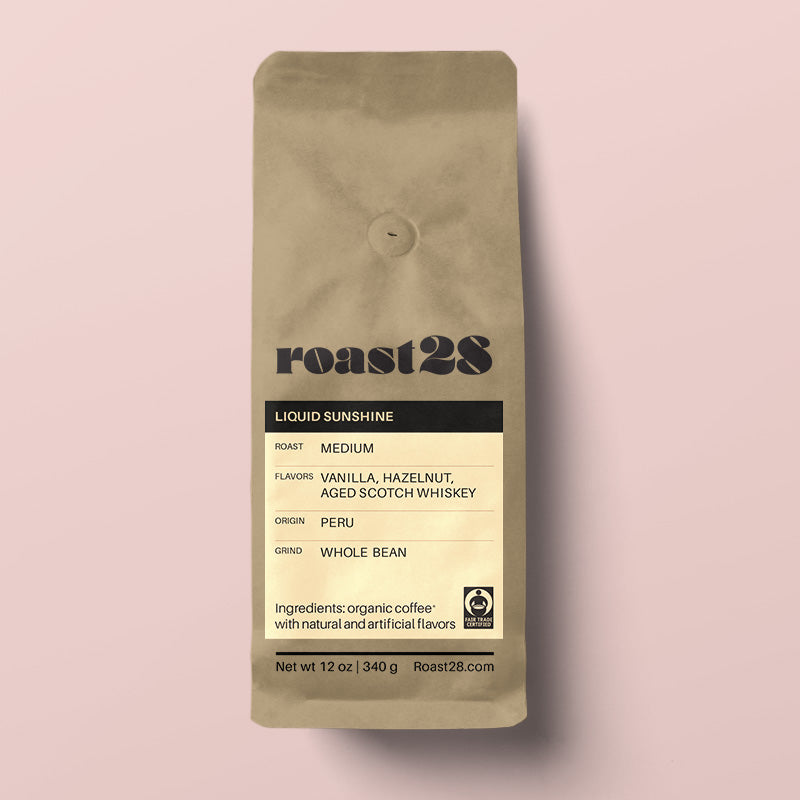The duration of brewing significantly impacts the flavor profile of coffee due to the extraction of compounds from the grounds. Shorter brew times tend to yield a milder and lighter taste, while longer brew times result in a stronger and more robust flavor. Finding the optimal brew time is crucial for achieving the desired balance of acidity, bitterness, and aroma when you're learning how to brew coffee.

The SCAA gold standard
The Specialty Coffee Association of America (SCAA) sets a gold standard for coffee quality through rigorous criteria encompassing various aspects of production, processing, and taste. This gold standard ensures that coffees meeting its requirements exhibit exceptional characteristics, including flavor complexity, balance, and consistency. Coffee producers and roasters strive to meet the SCAA's gold standard to distinguish their products in the specialty coffee market and offer consumers superior coffee experiences.

The golden cup
The golden cup represents the gold standard for coffee as established by the Specialty Coffee Association of America (SCAA). It specifies a coffee/water ratio of 55g/L and a brewing temperature of 93°C (200°F). This standard is widely recognized, tried, and cherished by coffee experts globally. Our brewing tips follow this standard so you should need little adjustment when experimenting.

Brewing control chart
E. E. Lockhart designed a brewing control chart which provides a systematic approach for monitoring and optimizing coffee brewing parameters. It enables baristas and coffee enthusiasts to track essential variables such as brewing time, water temperature, and grind size to consistently achieve desired flavors and characteristics. Lockhart's chart serves as a valuable tool in the specialty coffee industry, promoting precision and quality in every cup brewed.

Photo courtesy: Specialty Coffee Association
How the brewing control chart works
The brewing control chart works by providing a visual representation of key brewing variables such as brewing time, water temperature, and grind size. Baristas or coffee professionals record the values of these variables during the brewing process. By plotting these values on the chart, they can identify trends, patterns, and deviations from the desired brewing parameters. This enables them to adjust variables accordingly to consistently achieve optimal flavor extraction and quality in their coffee preparations.

The x-axis
The x-axis on the brewing control chart typically represents time. It is used to track the duration of the brewing process, allowing users to monitor how various parameters such as water temperature, grind size, and extraction time evolve over the course of brewing. By plotting these variables against time, coffee professionals can analyze and optimize their brewing methods to achieve desired flavor profiles and consistency in their coffee preparations.

The y-axis
The y-axis on the brewing control chart typically represents the strength or concentration of the brewed coffee. It measures the degree of extraction or solubility achieved during the brewing process. By tracking the strength of the coffee over time, coffee professionals can assess the efficiency of their extraction methods and adjust variables such as grind size, water temperature, and brewing time to achieve the desired balance of flavors and characteristics in the final cup.

Shorter brew time for dark roast coffee
Brew time significantly influences the taste of Roast28 dark roast coffee, impacting its flavor intensity, bitterness, and overall profile. Dark roast beans are typically more porous due to prolonged roasting, which can result in faster extraction during brewing. Shorter brew times with organic dark roast beans may yield a milder taste and less bitterness, as they extract fewer compounds. Conversely, longer brew times can lead to a stronger, potentially more bitter flavor due to increased extraction of compounds like caffeine and oils from the darker roasted beans. Adjusting brew time allows for control over the balance of flavors and bitterness in dark roast coffee, ensuring a satisfying and nuanced drinking experience.
